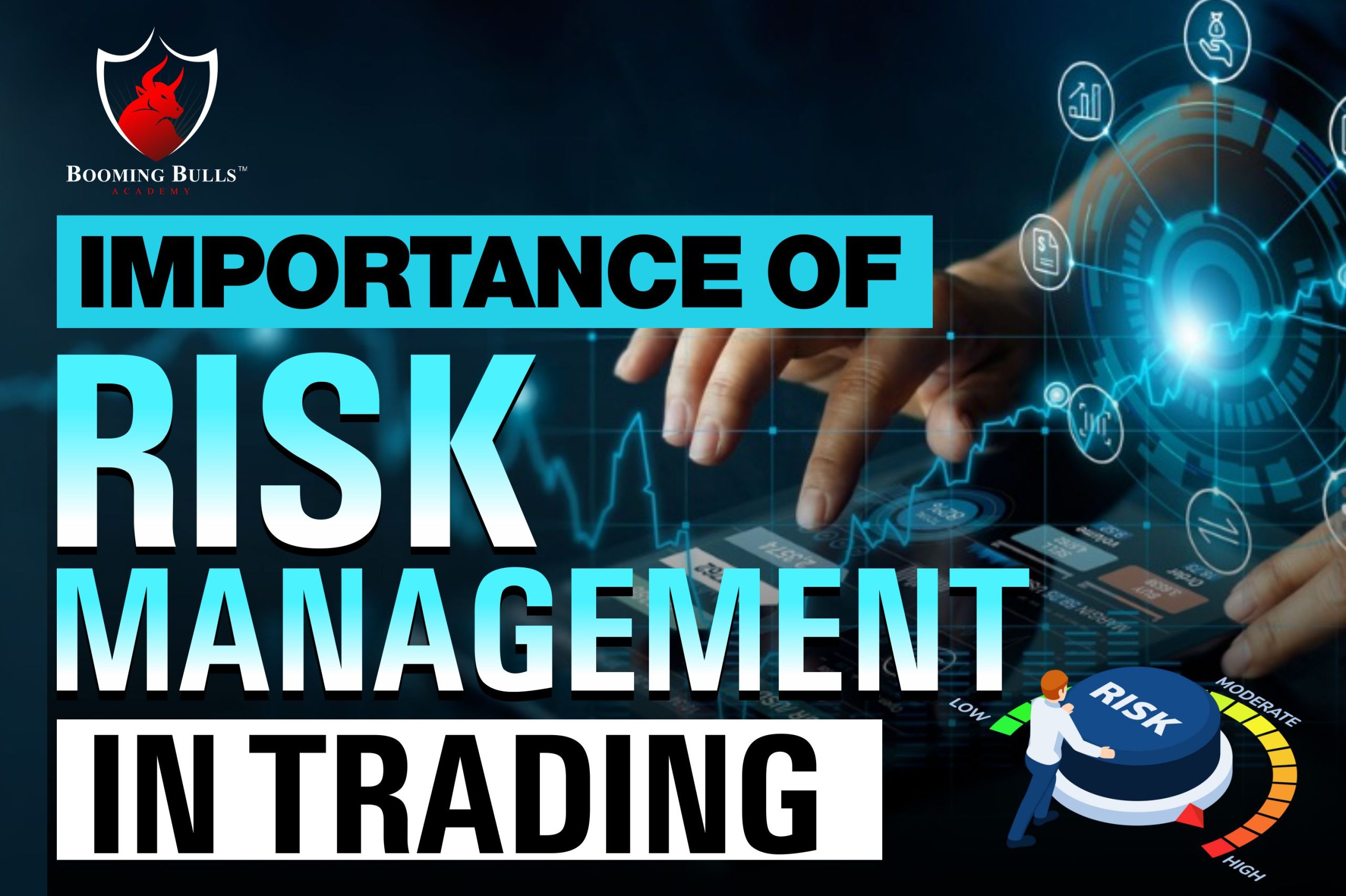The Long-Term Importance of Risk Management in Building Business Advantage
The Long-Term Importance of Risk Management in Building Business Advantage
Blog Article
Exploring the Significance of Risk Management for Effective Decision-Making Strategies
In the complex world of organization, Risk Management emerges as a vital element in the decision-making procedure. The ability to recognize potential threats and possibilities, and plan as necessary, can lead to the distinction in between success and failure. With tools such as SWOT and PESTEL, organizations are furnished to make informed options, promoting strength and flexibility in an ever-changing atmosphere. Wondering exactly how this functions? Allow's unbox the characteristics further.
Comprehending the Idea of Risk Management
Risk Management, a critical component in decision-making, is frequently misinterpreted or oversimplified. Risk Management entails regimented and structured strategies, utilizing data and insightful analyses. From financial unpredictabilities, lawful responsibilities, calculated Management errors, to crashes and natural calamities, it attends to numerous risks - importance of risk management.
The Role of Risk Management in Decision-Making Processes
In the realm of critical preparation and business operations, Risk Management plays an integral duty in decision-making processes. Risk Management hence becomes a crucial device in decision-making, aiding leaders to make enlightened options based on a comprehensive understanding of the threats included. Risk Management serves as a vital part in the decision-making procedures of any type of company.

Exactly How Risk Management Enhances Strategic Planning
In the context of tactical preparation, Risk Management plays a crucial duty. Initiating with the identification of possible threats, it even more encompasses the implementation of Risk mitigation measures. The duty of Risk Management is vibrant yet not static, as it demands constant surveillance and adjusting of strategies.
Identifying Potential Threats

Implementing Risk Mitigation
Having developed the value of identifying potential risks, the following step is to check out Risk reduction. This process involves establishing and applying methods to take care of recognized risks effectively. It is a crucial facet of critical planning as it boosts decision-making by decreasing prospective negative outcomes. Risk mitigation methods can vary from Risk avoidance, Risk transfer, to risk decrease. Each method must be customized to the specific Risk, considering its possible impact and the organization's Risk resistance. Effective Risk reduction requires a deep understanding of the Risk landscape and the possible influence of each Risk. This understanding makes it possible for companies to focus on dangers and designate resources efficiently, making sure that the most substantial Learn More Here threats are resolved first.
Tracking and Adjusting Techniques
Though Risk mitigation is a critical action in critical planning, constant surveillance and modification of these approaches is just as important. This ongoing process permits organizations to recognize new dangers and reassess existing ones, making sure the applied approaches remain reliable in the ever-changing business environment. It also gives a possibility to evaluate the success of the Risk Management procedures, enabling changes to be made where required, further boosting tactical planning. Effective tracking and adjustment require the use of analytics and key performance indications (KPIs) to measure efficiency. These devices supply beneficial data-driven understandings that can educate tactical decision-making. As a result, monitoring and changing Risk Management techniques is a crucial component for boosting a company's durability and strategic preparation.
Case Researches: Successful Risk Management and Decision-Making
Worldwide of organization and finance, effective Risk Management and decision-making often serve as the columns of prosperous enterprises. One such entity is an international oil company that mitigated economic loss by hedging against fluctuating oil costs. In an additional circumstances, a tech start-up prospered by recognizing and approving risky, high-reward techniques in an unstable market. A worldwide bank, confronted with regulatory unpredictabilities, effectively browsed the situation with aggressive Risk analysis and vibrant decision-making. These cases highlight the value of astute Risk Management in decision-making procedures. It is not the use this link absence of Risk, however the Management of it, that commonly distinguishes effective business from unsuccessful ones. These cases emphasize the crucial role of Risk Management in calculated decision-making. importance of risk management.
Tools and Strategies for Efficient Risk Management
Navigating the elaborate maze of Risk Management requires the best set of tools and methods. These devices, such as Risk signs up and warm maps, help in determining and assessing prospective risks. Methods include both quantitative techniques, like level of sensitivity evaluation, and qualitative approaches, such as SWOT analysis. These aid in focusing on risks based on their potential effect and likelihood. Risk reaction approaches, a crucial element of Risk Management, include accepting, avoiding, transferring, or mitigating threats. Tracking and managing dangers, through regular audits and testimonials, ensure that the approaches stay reliable. With these methods and devices, decision-makers can browse the complex landscape of Risk Management, therefore promoting informed and reliable decision-making.
Future Fads in Risk Management and Decision-Making Strategies
As we explore the vast landscape of Risk Management, it ends up being evident that the devices and strategies utilized today will proceed to advance. The idea of Risk society, where every member of a company is aware and entailed in Risk Management, will acquire extra prestige. These patterns proclaim a more comprehensive and positive approach towards Risk Management and decision-making.
Conclusion

Risk Management thus ends up being an essential tool in decision-making, assisting leaders to make informed selections based on an extensive understanding of the threats involved. Risk mitigation techniques can range from Risk evasion, Risk transfer, to run the risk of decrease (importance of risk management). Effective Risk reduction requires a deep understanding of the Risk landscape and the potential effect of each Risk. Risk reaction techniques, a vital element of Risk Management, involve approving, avoiding, moving, or mitigating threats. The concept of Risk society, where every participant of a company is mindful and involved in Risk Management, will get extra prestige
Report this page